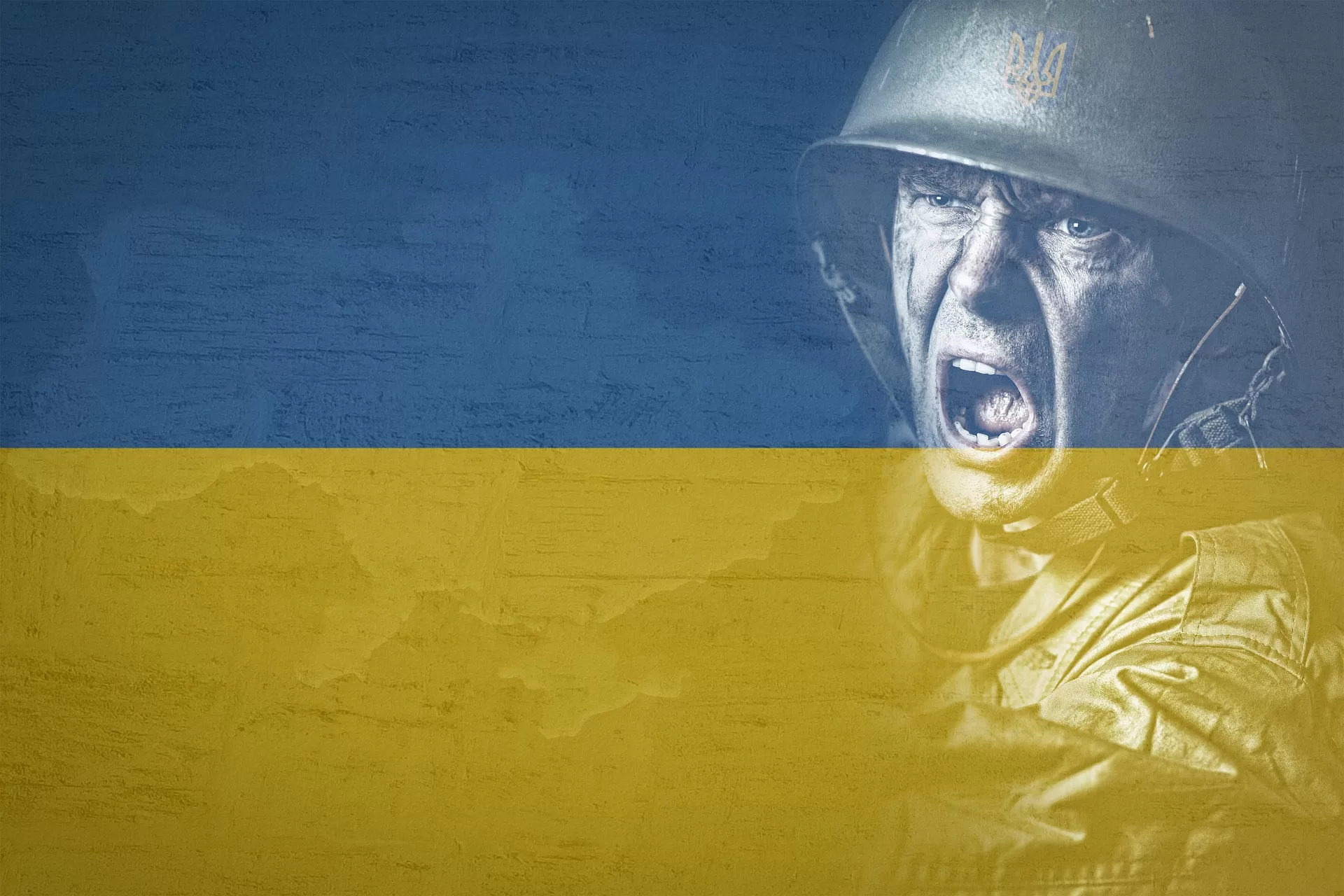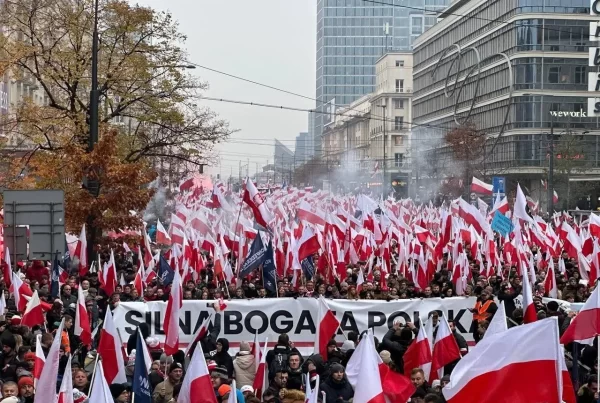In the current critical phase of the conflict, it is evident that Ukraine is making preparations for an offensive, thereby intensifying the pre-existing proxy war between NATO and Russia to potentially catastrophic proportions. The recent confirmation by the US Secretary of State, Antony Blinken, of an anticipated Ukrainian offensive in the upcoming weeks validates earlier speculations. Against this backdrop, what inferences can be made from the objective evidence available?
A significant land offensive can only occur once the thawing period concludes. Currently, nearly all unfortified roads remain virtually impossible to traverse. Recent images showcasing the conflict around Bakhmut indicate that the thawing process has merely commenced, suggesting that the necessary precondition of complete thawing is unlikely to be fulfilled in the near future.
Furthermore, a successful attack requires the assembly, training, and equipping of the necessary troops. Confidential US documents recently leaked online reveal that the Ukrainian army intends to form nine brigades, each consisting of up to 5,000 soldiers – a combined total of up to 45,000 troops. According to the documents, as reported by The New York Times, two-thirds of these soldiers will be trained by NATO instructors, which clearly demonstrates NATO’s full support for Ukraine in this conflict. The British government disclosed last week that around 10,000 Ukrainian soldiers are being trained in the UK, with plans for an additional 10,000. Meanwhile, CNN has noted that more than 5,000 Ukrainian soldiers are training in Germany, with a portion receiving training from the Bundeswehr at the Panzertruppenschule (Armoured Corps School) in Lower Saxony’s Munster, while the majority are at the US Army’s Grafenwöhr training area in Bavaria. The leaked documents indicate that although nearly one-third of the purported new brigades may not be combat-ready, the Ukrainian army plans to have them ready by the end of April.
The fact that Ukraine has announced the formation of new brigades can be seen as an implicit admission that the existing units of the Ukrainian army have been severely weakened. Their ability to launch an attack has been significantly diminished due to their heavy losses. Some argue that these losses occurred due to the West’s desire to prolong the conflict and weaken Russia. Numerous volunteers who enlisted out of patriotic fervour in 2022 are no longer among the living, and their positions are now filled by conscripts with markedly lower motivation levels. A Strana News investigation, carried out in March and involving frontline officers, discovered that as many as 15% of conscripted soldiers are unwilling to participate in combat deployments.
A further point to consider is NATO’s dedication to providing the Ukrainian army with substantial weaponry, essentially arming Ukraine to the teeth. Ukraine needs at least 400 battle tanks and 700 armoured vehicles. Open-source data indicate that, by the end of April, 60 Leopard 2 tanks, 30 British Challenger tanks, and around 150 modernised T-72 tanks from Poland and the Czech Republic will be delivered, followed by nearly 180 Leopard 1 tanks. It is worth noting that the deliveries of heavy weapons fall considerably short of Ukraine’s exorbitant demands and are also shamefully behind schedule. A Gazeta Wyborcza article earlier this month mentioned that the US has informally pledged to supply Ukraine with missiles capable of reaching up to 150 kilometres. However, the US industry cannot produce the necessary projectiles for the HIMARS launchers as rapidly as Ukraine requires them.
In Western media, the impending Ukrainian offensive is being touted as the decisive showdown of the war. Russian perspectives sharply contradict this claim, asserting that the Ukrainian military has already been bled so dry that it has no chance of withstanding the Russian assault in the long term. The West seems to have no qualms about using Ukrainian soldiers as cannon fodder to achieve its geopolitical goals. Former NATO General and Czech President Petr Pavel has made several media appearances, stating that Ukraine has only one chance to win the war. The gravity of the situation cannot be overstated, as the potential for a devastating loss of life looms ominously. It also raises concerns that the escalation resulting from the Ukrainian offensive might lead to an apocalyptic outcome.
A growing divide is apparent between Kiev and its allies, as Former Zelensky advisor Oleksiy Arestovych suggested in late March that the upcoming military operation would not be the final one, indicating Ukraine’s requirement for continued assistance in carrying out offensive measures. There are indications that Kiev’s confidence in the success of its plans may be wavering. Meanwhile, Washington has indicated that financial and military support for Ukraine is only guaranteed until the end of the fiscal year on September 30th. These conflicting statements from the Ukrainian government, its supporters, and the West highlight the complex and precarious nature of the situation. However, the Ukrainian government, plagued with corruption, is more than willing to play along, further endangering the lives of its citizens.






I suspect as the situation becomes more dire, the corrupt Kiev leaders will increase their stealing plunging Ukraine into an even worse circumstance.
The wise decision would be to accept that the Russian-cultural and speaking lands are not returning and negotiate a peace that still gives Ukraine access to the Black Sea and allows agricultural trade to return.
Russia could offer low priced oil in exchange for stopping attacks on the Orthodox Church and Ukraine moving towards neutrality.
But this is probably wishful thinking.
The document leaks, plus Macron’s recent antics, shows NATO and American enthusiasm for this war are beginning to fracture.
Great article, very balanced and informative!
Great reporting for the Arktos News Bureau.
I’m curious how Moscow plans to meet the challenge of additional (and new) armor being fed to Ukraine. I’m also curious to know what – in Russian media, at least – Moscow’s definition of “victory” is. This is important because it may impact any peace deals that Moscow offers Ukraine post victory.
Of course, there is also the possibility that Ukraine’s new equipment and armor succeed in dislodging Russian troops from their current positions, requiring Moscow to commit to even more troops, thus prolonging the war.
Russia has stated the liberation of the complete Donbass, which they now consider part of the Russian Federation. Also, Ukraine dropping its efforts to join NATO, and the disbanding of things like the Azov Battalion.
I suspect they would settle for new borders with the Donbass and Crimea accepted as being part of Russia.